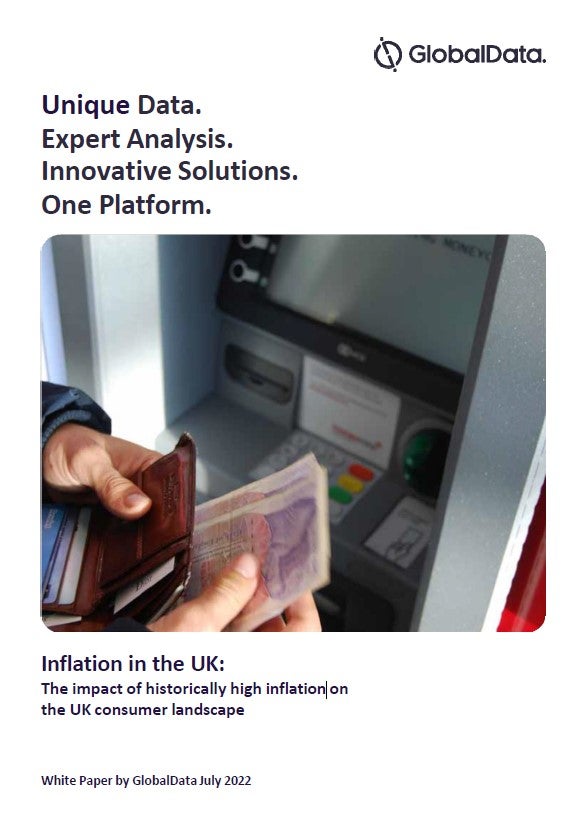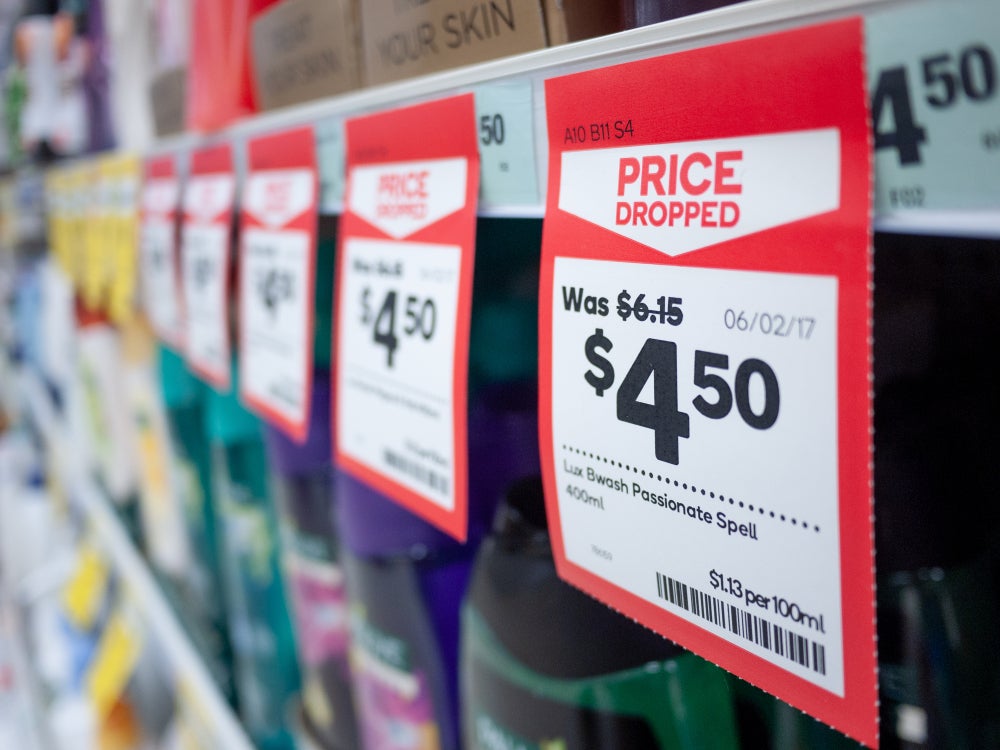
Asda simply hasn’t recovered since the discounters began their rapid expansion into the UK grocery market, prompted by the financial crisis in 2008. With the discounters continuing to pursue aggressive store expansion policies while consistently improving the quality of their ranges, Asda’s failure to invest significantly in its proposition will lead to its share of the food and grocery market falling.
Asda’s competitors reacted faster and more effectively to the changing market
The results speak for themselves, with Asda’s like-for-like sales dropping almost 6% for FY 2016/17, in comparison to 1.7%, 0.9% and -0.2% at Morrisons, Tesco and Sainsbury’s* respectively. The Asda results come on the back of extremely weak comparatives and show that the grocer is yet to enjoy the turnarounds evident at Morrisons and Tesco.
Asda has been left more exposed to the growth of the discounters than competitors Tesco and Sainsbury’s due to the lack of convenience stores in its profile. Asda has made cautious attempts to break into the convenience sector, with the most notable being the £778m purchase of 193 Netto stores in 2010. However, the smaller format stores have not proven a success and Asda still relies on its online platform to bring convenience to customers.
What Asda needs to do now
Improve the existing proposition
The instore experience at Asda is underwhelming – one key point of differentiation for Asda from discounters Aldi and Lidl is its customer service. By ensuring there are plenty of employees on the shop floor to manage customer queries, Asda could pull customers away from competitors.
How well do you really know your competitors?
Access the most comprehensive Company Profiles on the market, powered by GlobalData. Save hours of research. Gain competitive edge.

Thank you!
Your download email will arrive shortly
Not ready to buy yet? Download a free sample
We are confident about the unique quality of our Company Profiles. However, we want you to make the most beneficial decision for your business, so we offer a free sample that you can download by submitting the below form
By GlobalDataSee Also:
Since doing away with multibuy discount deals, Asda must also improve the overall quality of products, while retaining its low prices. After all, Asda’s reputation for everyday low prices was undermined by Aldi and Lidl due to their ability to provide higher quality products for less money, and a better all-round customer experience. With food price inflation the talk of the industry in 2017, Asda’s ability to overturn its string of negative results will rely on parent company Walmart using its global purchasing power to mitigate the impact of cost price rises.
Embark on partnerships, mergers and acquisitions
Despite global revenues of $428bn, Walmart has been uncharacteristically quiet while Sainsbury’s, Tesco and Morrisons have undertaken significant partnerships, mergers and acquisitions. The Sainsbury’s purchase of Argos (as part of Home Retail Group) has proven highly successful, helping to buoy some lacklustre food revenues with the introduction of over 41 store-in-stores to date and plans to open another 250 in the first three years from September 2016. Morrisons is rapidly expanding its online network through partnerships with Ocado and Amazon, and while it is yet to be completed, Tesco’s £3.7bn merger with Booker could lead to increased revenues for the retailer through cash-heavy markets.
Through acquisitions or partnerships, Asda should look to repurpose some of the significant amount of retail space it has available from its network of over 650 stores, of which the majority are larger out-of-town outlets. To do this, Asda could capitalise on growing markets such as athleisure or healthy eating, which would give consumers more reason to visit stores.
*Sainsbury’s releases full-year results on 3 May 2017. Value is an average taken from the four quarterly releases from FY2016/17.









Related Company Profiles
Ocado Retail Ltd
Amazon.com Inc
Tesco Plc
Aldi Inc
Morrisons